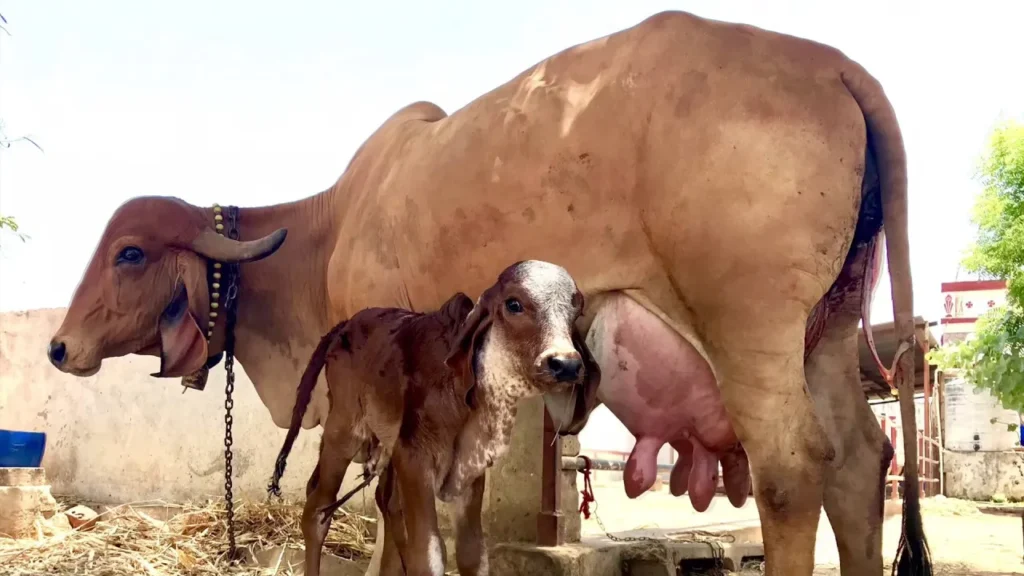
Really Gir Cows Give 10 times More Milk in Brazil Compared to India?
After talking to Gir cow owner and breeder with extensive connections to breeders and scientists from Brazil, I have gained valuable insights into the world of dairy farming. Here, I aim to shed light on the misconceptions surrounding the milk yields of Gir cows in Brazil and debunk the exaggerated claims often found in newspapers, media, and social networking sites.
Table of Contents

The Average Lactation Yields in Brazil:
Contrary to popular belief, the average lactation yields in Brazil are comparable to those in India. While there are some differences, it is important to note that Brazil has made significant progress in breeding practices over the past century.
Advancements in Breeding Practices:
Brazilians have invested considerable time and effort in better breed selection, utilizing progeny tested bulls semen throughout the country. This approach increases the likelihood of improved milk production compared to conventional selection methods.
The Role of Feeding in Milk Yields:
Brazilian breeders have placed great emphasis on feeding practices, including the use of better fodder and commercial feeds. These efforts have resulted in enhanced milk yields, with many cows consistently producing around 3000 liters, unlike in India.
The Girolando Breed:
The crossbreed between Gir and Holstein Friesian (HF), known as Girolando, has gained popularity in Brazil for its ability to produce higher milk volumes while adapting to challenging climates. This breed is widely used for milk production across the country.
The Reality of 60-70 Liter Peak Yields:
Claims of Gir cows in Brazil achieving peak yields of 60-70 liters per day must be examined critically. These cows are likely not pure Gir breeds but rather a crossbreed with HF. Moreover, the high milk yields are often a result of the extensive use of hormones.
Hormones and Competition:
The Dark Side: Starting around 2000-2004, Brazilian competitions shifted their focus solely to yield, disregarding the effects of feeding practices. Consequently, harmful hormones like Oxytocin and BSG were used extensively. Although these cows may achieve remarkable yields temporarily, they often suffer from health issues and become unproductive afterward.
Sustainable Competitions:
A Balanced Approach: In contrast to the hormone-driven competitions, sustainable competitions have emerged in Brazil. Here, cows from top breeders with record yields compete under fair conditions. These competitions provide a more accurate representation of realistic milk yields, ranging from 1400 to a maximum of 3500 liters per lactation.
Conclusion:
It is crucial to separate fact from fiction when it comes to Gir cows and milk yields in Brazil. While there are instances of exceptional yields achieved through the use of hormones, they are not sustainable or representative of typical conditions. Understanding the reality and focusing on producing clean milk should be our primary goal, rather than succumbing to greed driven by assumptions.



